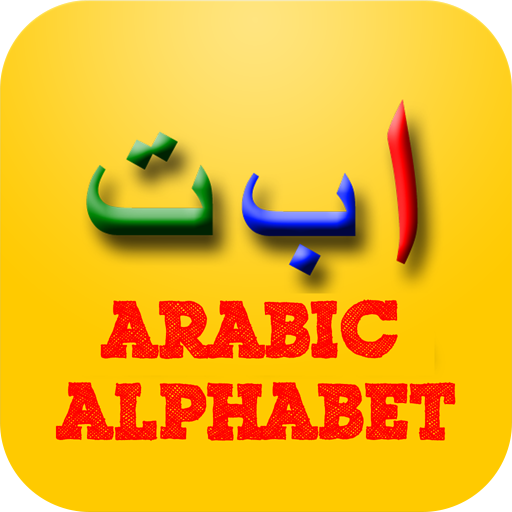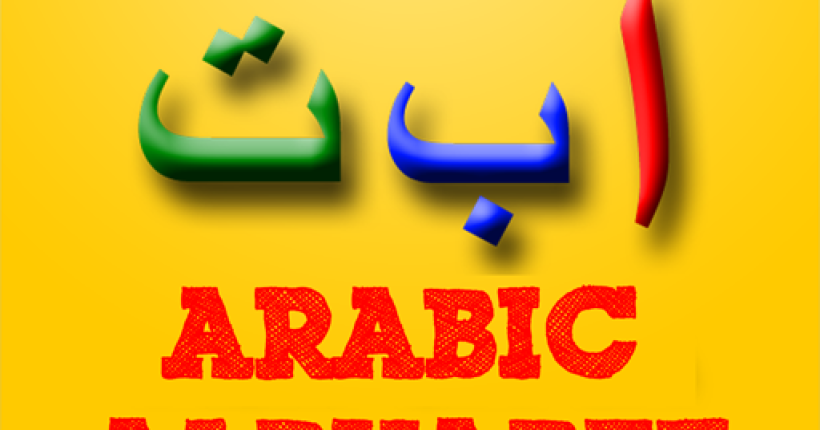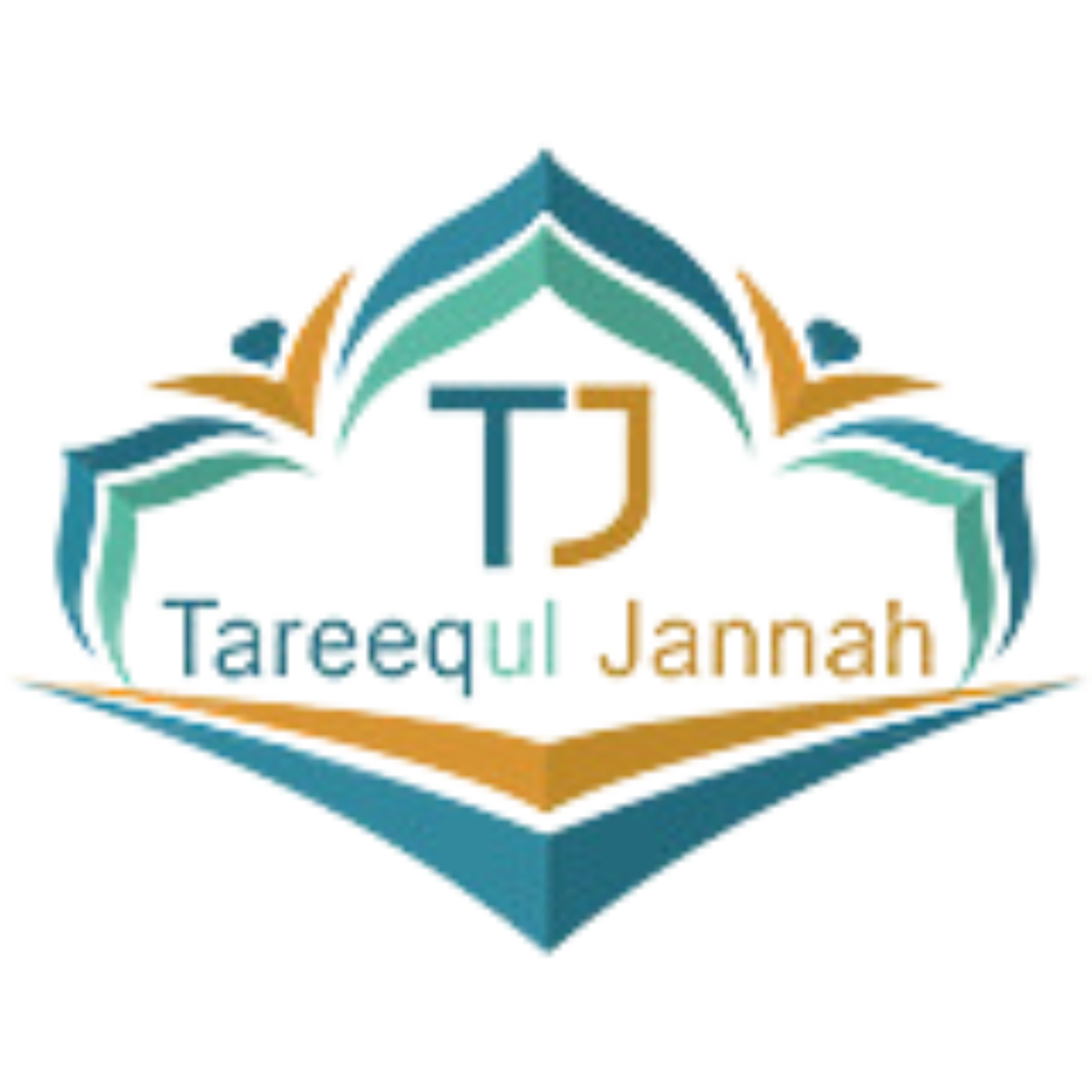Open the Door to a New World for Your Child with Arabic writing classes for kids! As a parent, you would like to provide your child with every chance to succeed, not just in school, but culturally and spiritually as well.
Perhaps the best solution is helping them learn to write Arabic. Arabic is more than just another language to study, it’s an international bridge, connecting over 400 million speakers, linking to Islamic history, and a pathway to continuing education and employment possibilities.
Here is the catch; most parents cannot find a well-designed, engaging, quality Arabic writing course for their child! Online or in class, there are many options available, but how do you know your child is being trained in the correct way?
This guide will support you, we’ll show you why to introduce Arabic writing or the Arabic writing process to your child early in life, how to recognize a good program, what parents are worry about, and where to find solid courses.
And if you’re ready to explore a trusted option right away, check out Tareequl Jannah’s Arabic courses, designed specifically to make learning Arabic fun, interactive, and effective for kids.
Benefits of Learning Arabic Writing Early
Helping your child to learn how to write Arabic is not just an educational choice, it is a gift that is forever priceless, making their mind, identity, and future opportunities all the better. Among the most significant advantages are:
1. Cognitive Benefits: Sharpening the Mind
As kids learn to write in Arabic, they’re not just memorizing alphabets; they’re working their brains hard. Arabic writing is written from right to left, and every letter changes form depending on the position it occupies in a word.
This unique structure trains the brain to think flexibly, boosting critical thinking capacity, memory, and focus. It has been established that bilingual children would outperform their monolingual counterparts in critical thinking, and flexibility, abilities that they will carry with them for the rest of their lives.
2. Cultural & Spiritual Connection: Rooted in Identity
For Muslim or Arab families, Arabic script is an instant source of spiritual richness and cultural pride. Writing in Arabic connects children to medieval literature, poetry, and centuries of a rich heritage.
Spiritually, it gives them the Quran in its native tongue, where they can explore deeper into their faith and learn more confidently. Even for non-Arab households, Arabic gives access to one of the world’s most powerful cultures, broadening a child’s outlook.
If you want to help your kids learn Arabic enroll the in Tareequl Jannah Arabic writing classes for kids and let the learn from experienced and highly qualified teachers!
3. Academic & Future Benefits: Opening Doors
The benefits of Arabic writing extend well into the future. Bilingual children often develop stronger literacy skills in both languages, which supports higher academic performance across subjects.
Later in life, Arabic proficiency can create career opportunities in diplomacy, international business, finance, education, and technology, where the demand for Arabic speakers continues to grow. By starting young, you’re giving your child a head start toward a more successful, globally connected future.
Your Checklist for an Excellent Arabic Writing Class
All Arabic writing classes are not created equal. To ensure your child gets the best learning experience, this is what you should look for in an excellent class:
1. Teacher Qualifications: The Foundation of Success
A good teacher is a lifesaver. Hire certified, native-language teachers with extensive experience teaching kids. Children require patience, support, and imagination in lessons, only trained teachers possess these attributes. A qualified teacher can cater to various learning styles, and Arabic writing needn’t be intimidating and tiresome.
2. Curriculum & Methodology: How Your Child Will Learn
A successful Arabic writing classes for kids curriculum will drill and repeat less than it will instill confidence through writing. Look for these three key components:
Focus on Handwriting: The best programs focus on stroke order and letter form in the Naskh script, the most widely used, readable form of Arabic. Proper handwriting skills form the foundation of reading and fluency later on.
Engaging Lessons: Children learn best when they are having fun. Fun, interactive lessons that incorporate games, stories, songs, and other multimedia can keep kids engaged and excited to learn.
Clear Progression: A great class will clearly progress from letter ➝ word ➝ sentence and provide your child with confidence at each stage.
3. Class Structure & Logistics: Making it Work for Your Learning
Every family is different so think about what structure would work best for your child:
Live vs. Self-Paced: One-on-one live tutoring has the benefit of allowing for personalized input, whereas a small group setting encourages collaboration with peers. A self-paced recorded course is convenient, but may result in a lack of accountability.
Technology & Tools: The best Arabic writing classes for kids will involve a secure learning management system (LMS) and printable practice pages & tracing sheets as well as digital resources for practicing at home.
Reviews & Testimony: You can’t discount social proof. Reviews & testimony from a previous parent are probably a good indication of the quality of the course.
FAQs: Putting to Rest Some Fears and concerns
Parents considering whether or not to enroll their child in an Arabic writing classes for kids have some usual questions that certainly arise. Let’s address them:
Q1: What is the optimal age to start learning Arabic writing?
All professionals agree that little ones are especially receptive to learning new languages and scripts from the age of 4 to 10 years old. At this time, kids learn patterns quickly and possess great memory recall.
However, it is never too soon or too late to start. Even teenagers and older children can get a solid foundation with the right guidance. Early exposure only gives your child an early begin.
Q2: How can I instruct my child in Arabic writing at home?
Although classes are superior for organization and professional instruction, you can certainly supplement your child’s education at home. Simple exercises include:
Printing practice tracing pages for words and letters.
Preparing flashcards with Arabic letters and sounds.
Making them play Arabic children’s learning games on their apps.
Performing short writing practice on a daily basis.
These exercises make learning engaging and reaffirm what they are learning in class.
Q3: How long does it take for a child to write in Arabic?
The time frame varies from child to child and level of program intensity. With consistent instruction, kids can probably master the Arabic alphabet and basic words in a few months. Writing easily in full sentences and building confidence may take longer, usually a year or more of steady practice. Consistency, not rapidity, is the most important factor.
Q4: Are there free online Arabic writing resources?
Yes! Parents can use YouTube videos, mobile applications, and free printable worksheets for children to practice Arabic writing. These are excellent additional resources. But free resources generally lack personalized feedback, structured progress, and accountability, things professional classes provide. For sustained success, a paid program generally yields better results.
Finding the Right Program for Your Family
Once you’ve decided to help your child learn Arabic writing, the next step is finding an Arabic writing classes for kids that suits your family’s needs. Here are the main options to consider:
1. Online Academies: Learning from Anywhere
Online academies of Arabic are one of the most convenient ways for children to learn writing. They save children the trouble of having to commute and allow them to learn from the comfort of their own homes.
Some academies specialize in teaching Quranic Arabic, while others teach Modern Standard Arabic (MSA) for everyday use and educational growth. Ideally, you would want a balance, where children learn to write clearly in Naskh script and also learn everyday writing.
Tareequl Jannah’s Arabic lessons
Combine the best of both: structured lessons in Arabic writing as well as engaging content that holds kids’ interest. Our experienced teachers are adept at teaching kids so that classes become enjoyable, age-relevant, and fruitful.
2. Hybrid Programs: Merging Flexibility and Structure
Some families prefer a mix of live instruction with instructors and independent practice materials. That way, children enjoy the incentive of instant feedback, but are also able to practice independently using worksheets, recordings, or apps. Overwhelmed parents appreciate that blended learning gives them flexibility without sacrifice.
3. Free Trial Tips: Test Before You Commit
At Tareequl Jannah, we offer free trial lessons to help you experience the teaching style, curriculum and structure. This is your chance to:
Observe how the teacher interacts with your child.
Check if the curriculum fits your child’s learning style.
See if the platform is easy to use.
Taking advantage of a free trial reduces risk and ensures you’re choosing the right program before making a commitment.
Picture yourself with the pride of seeing your child write their first Arabic sentence confidently. That may become a reality today.
Enroll your child in Tareequl Jannah’s Arabic writing classes for kids today and present them with the gift of language, culture, and possibility.


